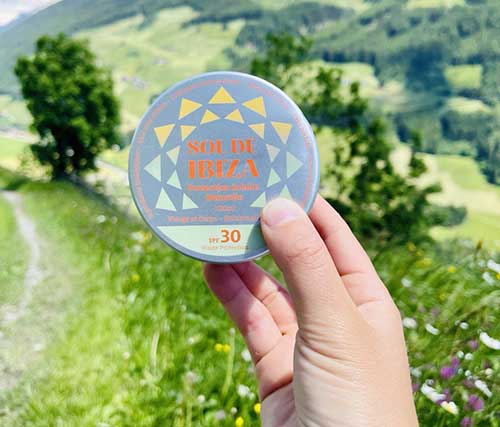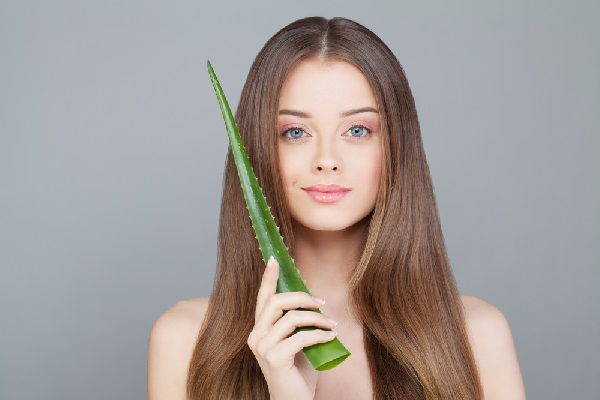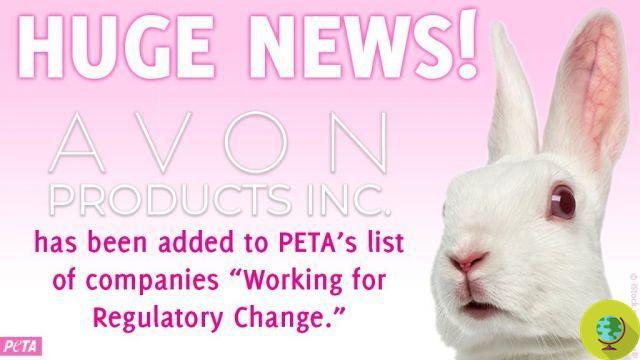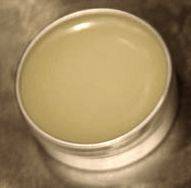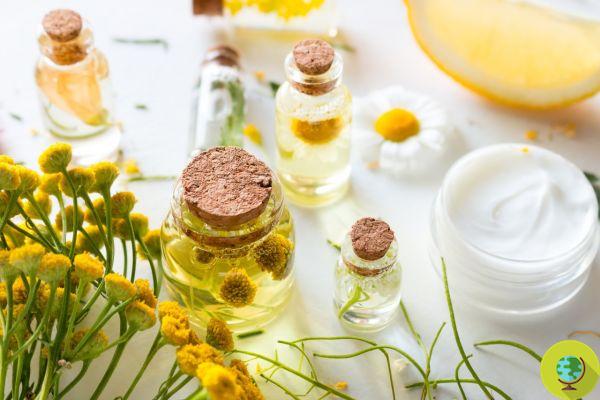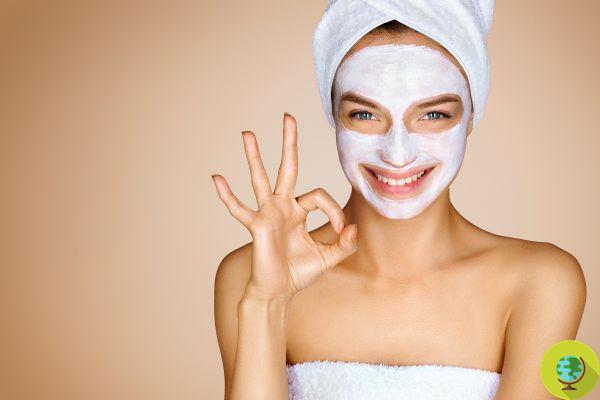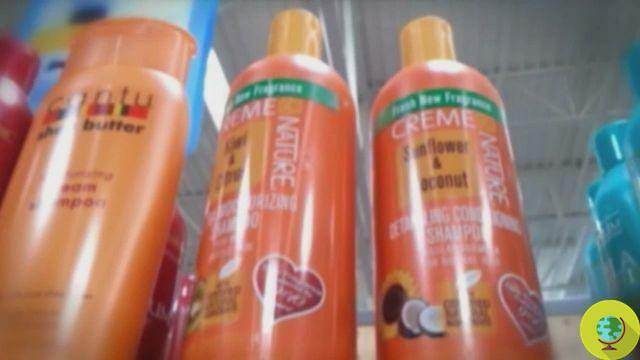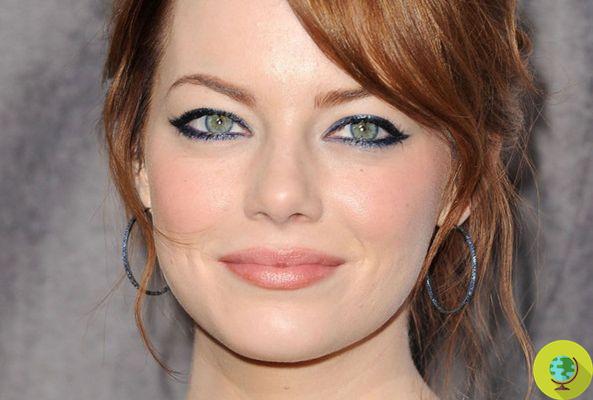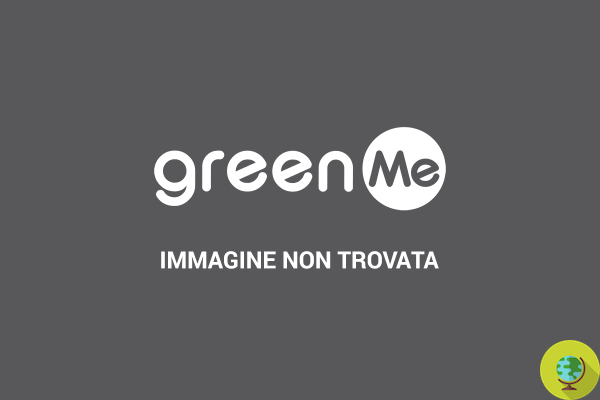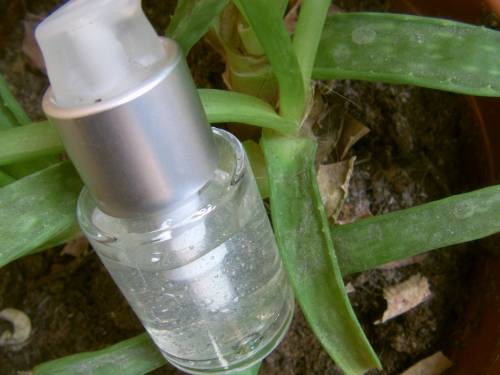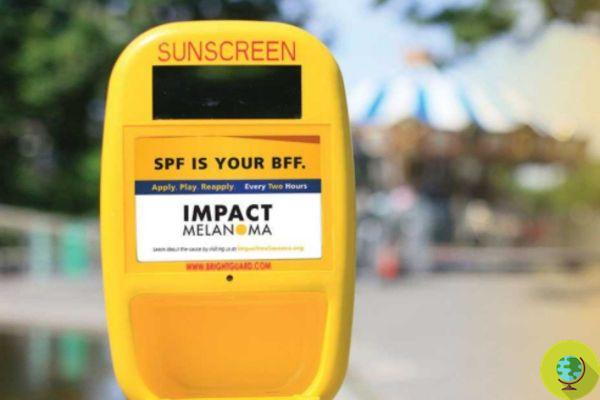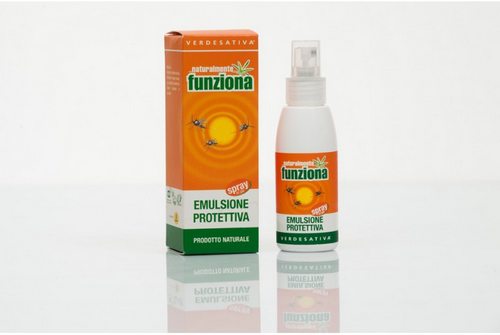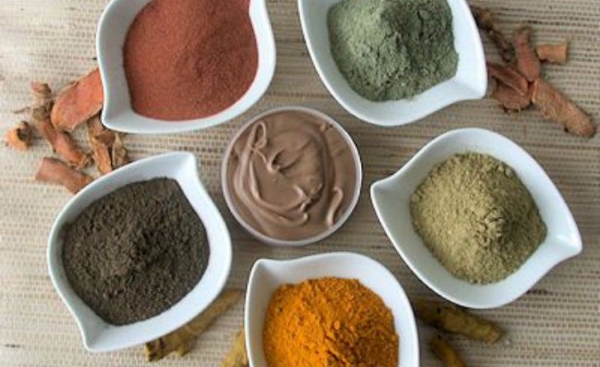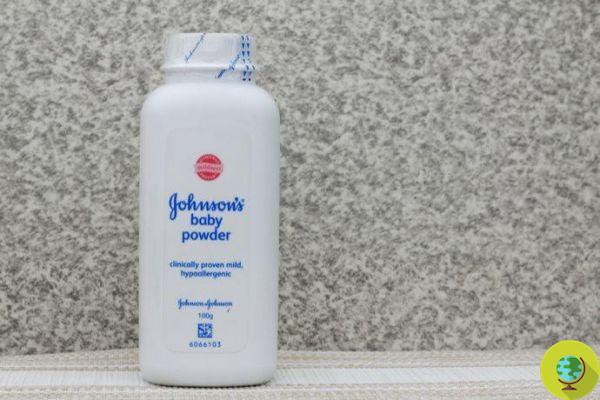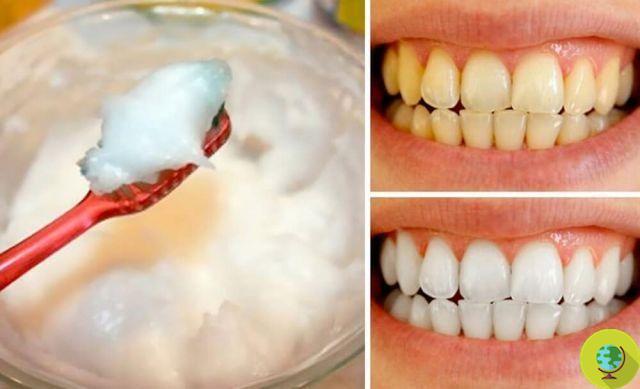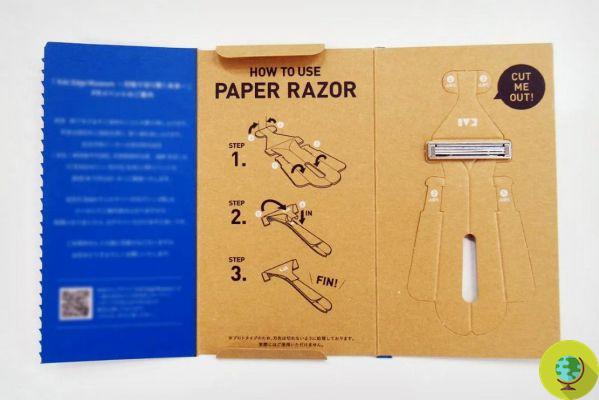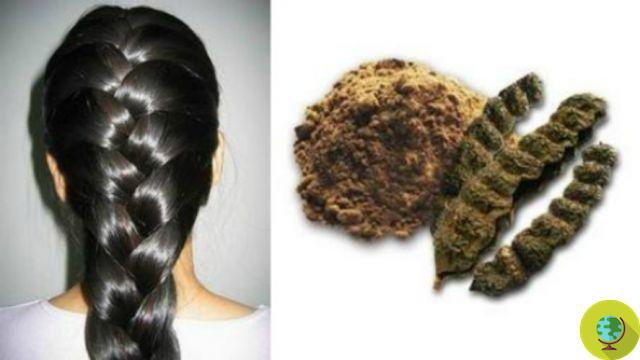A new study by the Plastic Soup Foundation, conducted on over 7000 cosmetic and personal care products from the most famous and best-selling brands in Europe, shows that almost 90% contain microplastics
The survey was based on the analysis of 7704 cosmetics and personal care products, whose data was collected through an app (Beat the Microbead), created by the Plastic Soup Foundation.
With this free app, consumers around the world scanned over three million products to see if they contained microplastics, and if so, which ones.
Thanks to the analysis of this material, the “Plastic: The Hidden Beauty Ingredient” report was drawn up, the first large-scale study on the presence of microplastics in a large sample of personal care or cosmetic products.
The study specifically focused on the ten most popular brands in Europe:
All brands that share the four largest cosmetics manufacturers in Europe (L'Oreal, Beiersdorf, Procter & Gamble and Unilever).
Index
Products that contain microplastics
Out of a total of 7704 products, only 13% were found to be free of microplastics. This means that 87%, practically 9 out of 10 products, contained them.
As PSF specifies, when we talk about microplastics:
We include all possible synthetic polymers, regardless of whether they have been added in solid, liquid, semi-liquid or water-soluble form, as well as nanoplastics and biodegradable plastics.
Microplastics brand by brand
The Plastic soup foundation specified, brand by brand, the percentage of products that contained microplastics and which type.
We report the infographics with these interesting data, considering that the legend used for the analysis sees the symbol of a cosmetic in red for products that contain microplastics, orange if they contain the so-called "skeptical microplastic", or polymers of which there is no enough information about their risks, and green if they don't contain microplastics.
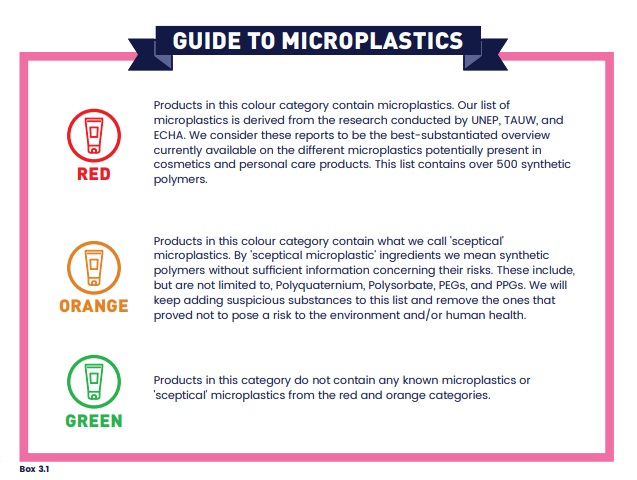
©Plastic soup foundation
L'Oreal
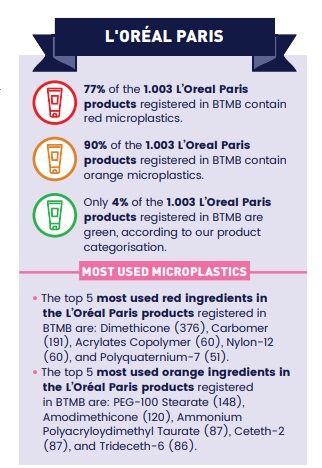
©Plastic soup foundation
Elvive/ Elseve
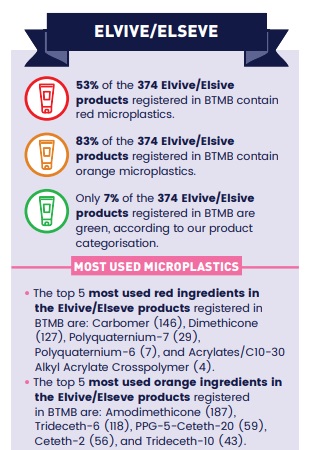
©Plastic soup foundation
Garnier
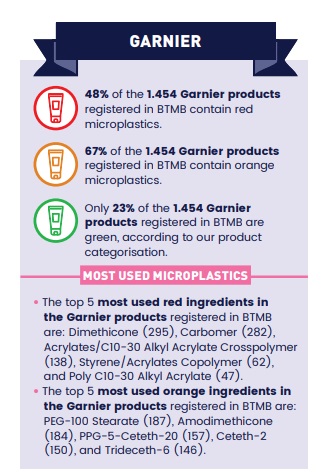
©Plastic soup foundation
Nivea
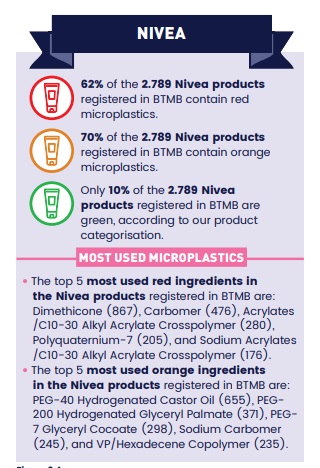
©Plastic soup foundation
Gilette
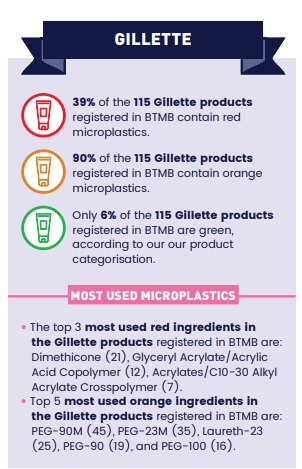
©Plastic soup foundation
Oral-B
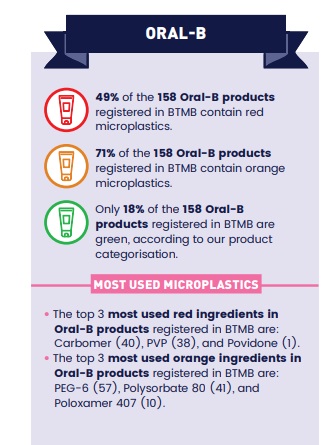
©Plastic soup foundation
Head & Shoulders
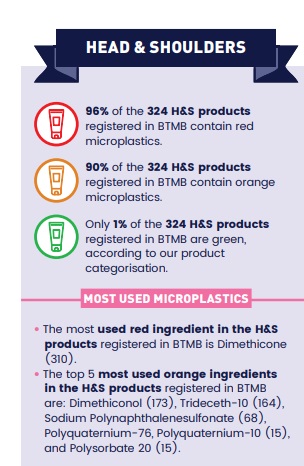
©Plastic soup foundation
Where
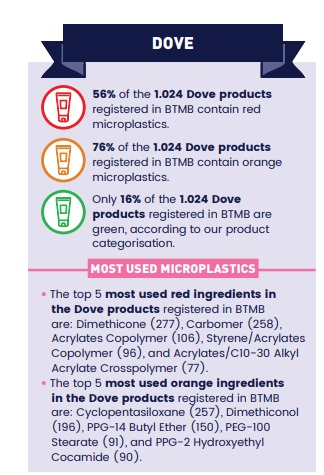
©Plastic soup foundation
Rexona
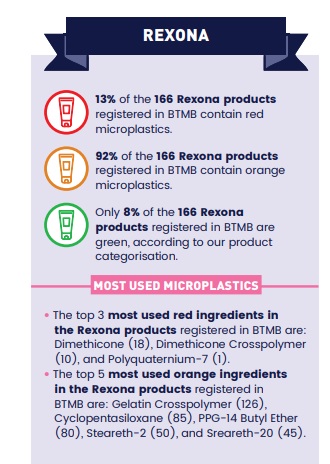
©Plastic soup foundation
Axe
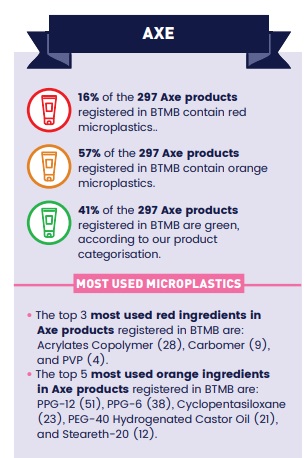
©Plastic soup foundation
The replication of companies
The Plastic soup foundation has contacted the various manufacturers to find out what their policy is regarding the reduction of microplastics.
In particular L'Oreal, Beiersdorf, Procter & Gamble and Unilever:
they said they want to do more against plastic pollution, but are focusing only on solid microplastics. They follow the limited definition of microplastics proposed by ECHA - writes Psf.
The foundation also specifies that:
Only two (Nivea & Elvive / Elseve) of the ten brands we interviewed mention “microplastics” in their public sustainability plans. Of the four parent companies, only Beiersdorf and Unilever have published their approach to microplastics.
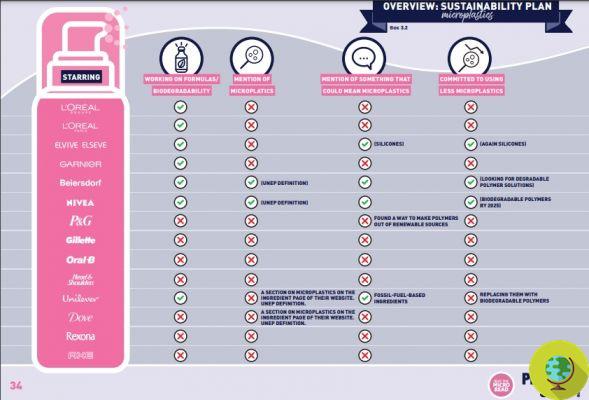
©Plastic soup foundation
The position of the EU on microplastics
Given that microplastic contamination is a very serious threat to the environment and human health, the EU has decided to address it and new legislation, part of the European Green Deal, is being drafted to limit intentionally added microplastics to cosmetics, detergents and agricultural products.
But there is a major problem:
According to the European Chemicals Agency (ECHA), more than seven kilograms of microplastics from cosmetics and personal care products end up in the European environment every minute. If we assume the much broader definition of microplastics, then it would be at least 25 times that figure. This is an estimate for the whole of Europe based on a calculation for Germany by the Fraunhofer Institut für Umwelt - writes Psf.
As Jeroen Dagevos of PSF points out: the new EU legislation will apply only to some types of microplastics and not to all.
It is disappointing that the vast majority of all synthetic polymers will not be considered microplastics if ECHA's proposal is adopted by the European Commission. This can lead to greenwashing, because it can be falsely claimed that the products are plastic-free.
In fact, the ECA, in the definition used of “microplastics”, did not include all synthetic polymers. For example, plastic particles smaller than 0,1 micrometers are excluded. Furthermore, all water-soluble, semi-liquid and liquid polymers are excluded from the proposal, as the ECHA focuses only on polymers in solid form. 'Biodegradable' polymers are also not included.
It would therefore be necessary, in order to address the issue drastically, that the other types of microplastics were also included.
HERE you can see the complete study on microplastics in cosmetics.
Follow your Telegram | Instagram | Facebook | TikTok | Youtube
Fonte: Plastic soup foundation
Read also:
- Plastics and microplastics in cosmetics: Lush, Sephora, Maybelline among the worst. Only Purobio is saved
- Endocrine disruptors and allergens in face concealers, Avene and Maybelline among the worst in the test
- Liquid plastic in laundry detergents: the brands and products that contain the most




